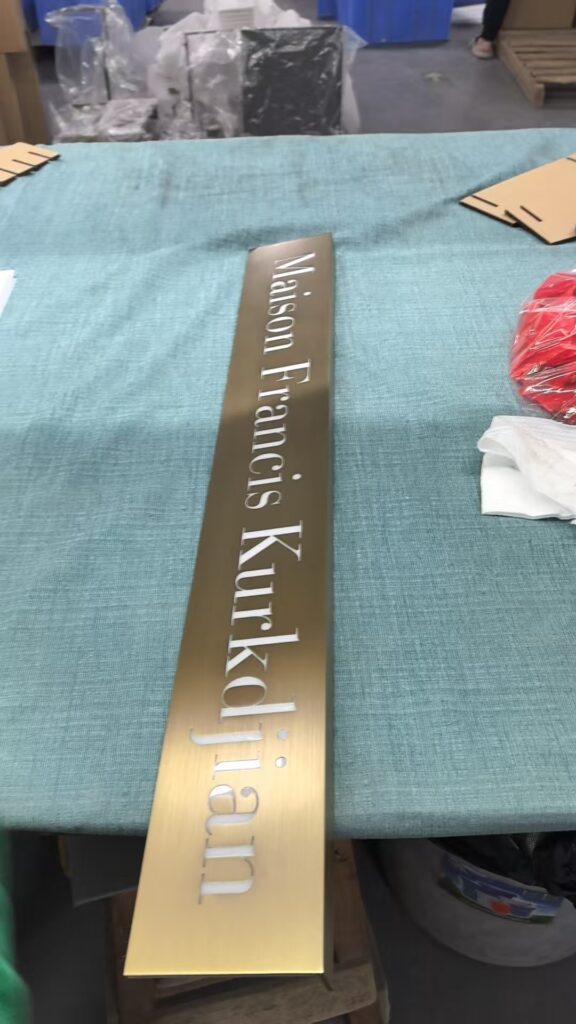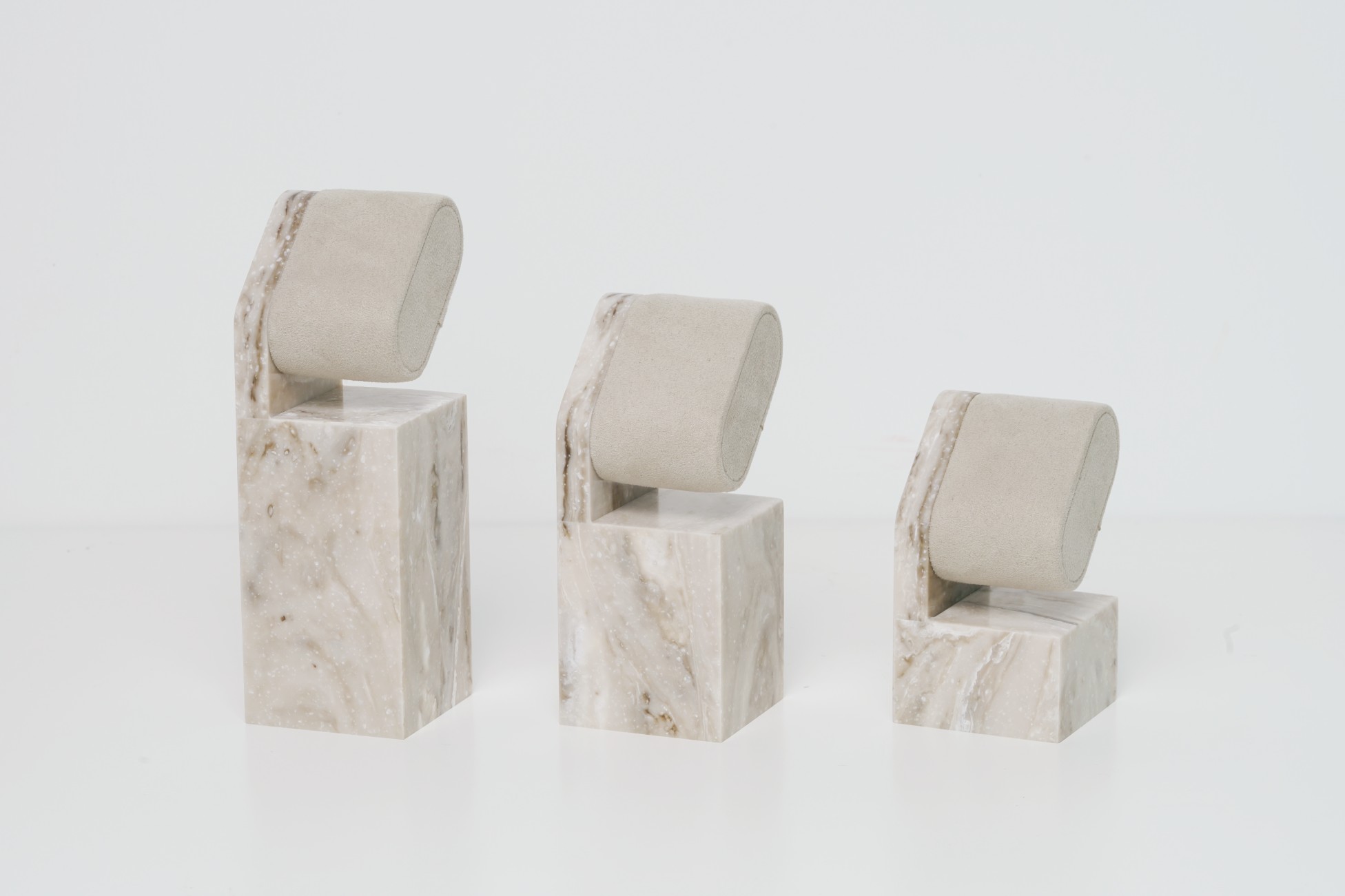Even a small glue smudge, a misaligned logo, or inconsistent paint finish can ruin a luxury brand's in-store experience. For visual merchandising (VM) displays, precision isn’t optional — it’s everything. From acrylic glorifiers to metal risers, managing multi-material QA is key to consistent brand execution.
At Samtop, we work with premium brands to build field-tested, defect-prevention systems across materials, finishes, and joinery — ensuring that every unit, in every region, performs visually as approved.
✅ Quick Summary for Featured Snippet
To prevent common visual merchandising display defects, implement QA controls like logo placement templates, glue masking, paint gloss checks, flame-polished edges, and CNC joinery tolerances. Use visual checklists, jig tools, and factory-facing instructions to catch flaws before they ship.
🧠 Why Small Visual Defects = Big Brand Damage
A 2mm offset logo or a bit of cloudy glue might seem minor at the factory — but for your flagship store or duty-free counter, it can undermine perceived value instantly. That’s why visual QA needs to move beyond tolerance tables and into real-world presentation control.
Ready to reduce post-install complaints? See how we support QA for global VM displays
🪞 Logo Misalignment
Problem:
Logo plate is off-center, angled, or uneven in pressure.
Causes:
No template, hand placement, tolerance drift in cutting.

Solutions:
- Use laser-engraved jigs or stencil for logo placement
- Mark “logo zone” on protective film
- Approve logo print with digital overlay
- Add QC photo proof in your supplier’s QA workflow
📏 Tolerance standard: ±1mm
🧴 Visible Glue Residue
Problem:
Streaks, yellowing, or excess glue visible on clear acrylic.
Causes:
Wrong glue viscosity, rushed application, no masking.
Solutions:
- Solvent glue for acrylic = invisible bonding
- Tape masking on all visible edges
- Operator glue training with needle applicator
- Add UV inspection before film removal
📌 Reject units with any glue in lens zone or lightbox area.
🎨 Paint Inconsistency
Problem:
Gloss, color, or texture varies unit to unit.
Causes:
Poor mixing, no swatch control, spray distance fluctuation.
Solutions:
- Define gloss (e.g., 20% gloss on RAL 7035)
- Approve swatch + test 10-unit batch under lightbox
- Document master finish in display finish spec pack
📌 Gloss deviation > ±5% = fail for front-facing panels.
✂️ Edge Roughness
Problem:
Acrylic micro-chips, MDF fuzz, sharp metal burrs.


